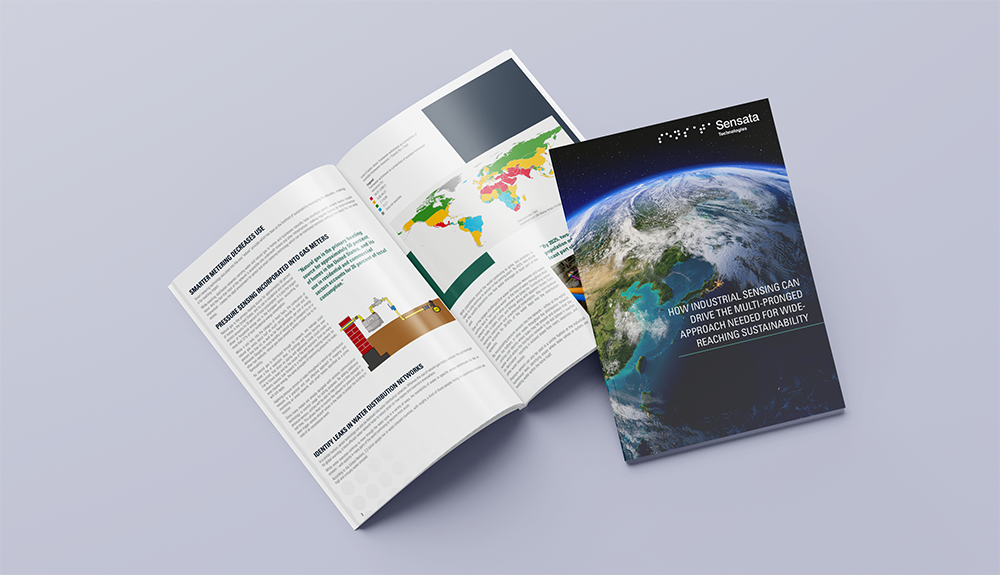One of the main problems the world is facing at present is sustainability.


 Download eBook
Download eBook
Every country has set targets to reduce its greenhouse gas emissions, either through the Paris Agreement or other methods, with complementary efforts led by states, provinces, or other local initiatives.
This focus on sustainability has also expanded into the corporate sector, with organizations trying to incorporate more earth-conscious decisions into their priorities. A significant 81% of the leading companies in the world report on sustainability as part of their corporate objectives, with 90% of the S&P 500 companies issuing a sustainability report in 2021.
This covers everything, including their infrastructure and buildings, manufacturing processes, and products. Industrial sensing may be a significant factor in promoting change across different pathways in each strategy.
Smarter Sensing Drives Energy Efficiency
Since it does not need any particular changes to end user behavior, except educating them about its benefits, pushing for increased energy efficiency in the categories of equipment already in place is the first and most direct way toward sustainability.
Heating, Air Conditioning, and Refrigeration
When it comes to specific verticals, HVAC is the most frequently discussed due to its significant impact on usage, both for commercial and residential systems.
Data assessments from the U.S. Energy Information Administration found that the energy required to cool residential and commercial buildings accounted for 10 percent of total electricity consumption.
Pressure and temperature sensors in an HVAC system play an essential role in maintaining optimal temperatures while using as little energy as possible. The system requires a heat source, such as a boiler, to supply heat, and a cooling source, such as a chiller or cooling tower, to deliver cooling.
The heated or cooled water – or other medium - is pumped throughout the building to air handling units or terminal units (or other comparable equipment), which exchange energy with air from the ventilation system before being returned to the heating or cooling source.
The conditioned air is subsequently transported into the room. Updated system designs, such as variable air volume layouts, allow more efficient space cooling than traditional systems.
In a variable air volume design, the system keeps the air supply at a constant temperature while separate zone thermostats control the air flow to each room, ensuring the correct zone temperature.
This is in contrast to a constant volume system, which maintains a steady airflow volume to the room while changing the air stream's temperature in response to variations in the room temperature.
This free eBook from Sensata Technologies discusses the use of industrial sensing to drive sustainability goals.


 Download eBook
Download eBook